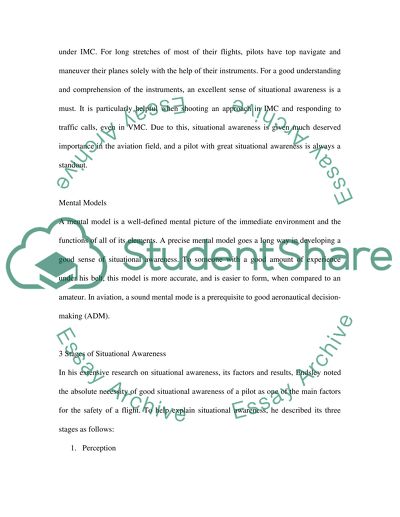Cite this document
(“The Importance of the Aviation Sector Research Proposal”, n.d.)
The Importance of the Aviation Sector Research Proposal. Retrieved from https://studentshare.org/technology/1521467-avation-essay
The Importance of the Aviation Sector Research Proposal. Retrieved from https://studentshare.org/technology/1521467-avation-essay
(The Importance of the Aviation Sector Research Proposal)
The Importance of the Aviation Sector Research Proposal. https://studentshare.org/technology/1521467-avation-essay.
The Importance of the Aviation Sector Research Proposal. https://studentshare.org/technology/1521467-avation-essay.
“The Importance of the Aviation Sector Research Proposal”, n.d. https://studentshare.org/technology/1521467-avation-essay.


